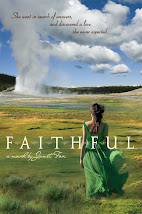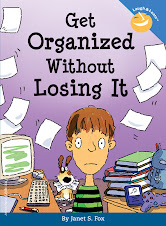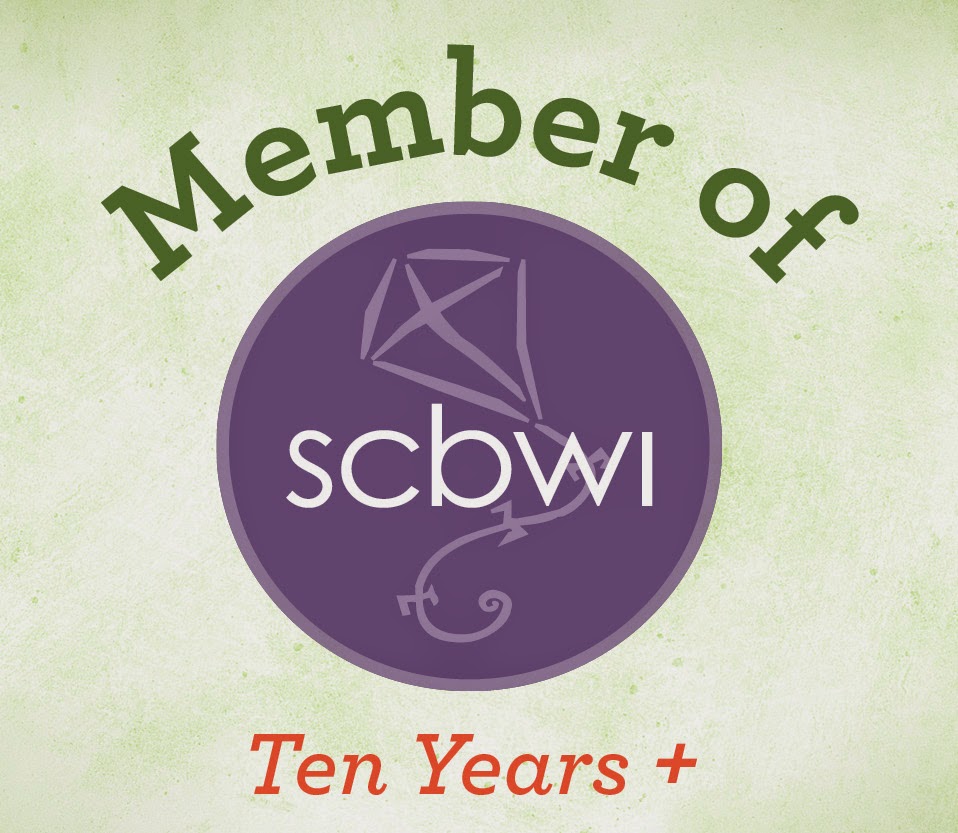Okay kids, this novel is an incredible read - moving, mysterious, and deeply engaging. It is not for the faint of heart, nor for the easy-reader; it's a novel for those who love to think and be prodded out of their comfort zone. I devoured it in a single day. Lindsey Lane's debut YA THE EVIDENCE OF THINGS NOT SEEN (out now from Farrar, Straus, Giroux) is a not-put-down story of the disappearance of one Tommy Smythe, a brilliant if odd teen. Here's a portion of the School Library Journal review and summary:
"The story unfolds through interviews with witnesses, scraps
of scribbled notes from Tommy himself, and private moments between seemingly
unrelated people. Tommy’s disappearance is at the forefront of some stories, at
the back of others. Chapters are arranged by lead-characters or items, some
more hard-hitting than others, but the picture of a small border town caught up
in a mystery and bound by its secrets is an intriguing one that Lane does well.
Some chapters do deal with more adult subject matter (drug use, teen pregnancy,
racism, prostitution) and adult language is prevalent throughout, but isn’t
gratuitous. Give to fans of Holly Goldberg Sloan’s I’ll be There (Little,
Brown, 2012) and Todd Strasser’s Give a Boy a Gun (S. & S., 2002)."
Full disclosure: Lindsey is a dear friend. I've admired her work for as long as we've known one another - almost ten years! And we are agency mates, clients of Erin Murphy. I couldn't be more pleased.
Now, not only do we get to hear about this beautifully written novel, we've got a surprise - the first appearance of the novel's trailer! Here's Lindsey:
Please
give readers a synopsis of EVIDENCE OF THINGS NOT SEEN.
Instead
of writing a synopsis of EVIDENCE, I’d like to debut my book trailer on your
blog (yay!!):
I
was sucked into the story right away, and I confess that one reason was that
Tommy is such a strong presence even in absence. How did you come to feel about
Tommy?
I’m glad you felt Tommy’s presence strongly. Originally, he
showed up in one of the stories when the novel was linked short stories that
all occurred around this patch of dirt by the side of the road called the pull
out. It was my critique partner Anne Bustard who said, “I think this particular
story might be a bit bigger.” That’s when I went back in and did a floor to
ceiling kind of renovation of the book and Tommy became a thread through all
the stories.
I
love the multiple points of view, the interweaving story lines. Did you write
this novel in a linear fashion?
Do you mean did I write it from start to finish with a
beginning, middle and end? Nope. When it was linked short stories, I wrote them
one after another. Boom. Boom. Boom. But after I had the piece of Tommy going
missing, I had a time frame so I had to weave each thread in relation to the
moment he disappears. That’s all when I added in the first person sections of
the kids who knew Tommy. Gradually, I found that what I was doing was writing
around the negative space. If you have something or someone who goes missing,
what remains is cast in sharp relief. Even if Tommy wasn’t part of another
character’s life, his absence still affects that character. Like, when you lose
your keys, you are kind off course looking for it and all the people you ask if
they’ve seen them start looking and they go a little off course. Or worse, when
your child wanders away from you at a store and you and everyone around you goes
into a freak out until you find her. So if the center of a story goes missing,
everything wobbles. I wanted all the stories around Tommy to have that feeling
that life is just a little bit off course.
You know, Tommy would say that I did write the novel in a
linear fashion because I wrote it in linear time whether or not I went back and
shifted the structure of the book. That’s the kind of guy he is. I feel his
presence every day. I probably always will.
The
notes are brilliant, allowing us to see not only more deeply into Tommy's way
of thinking, but they connect the story of his disappearance with the physics
of dimensional possibility. Was that something you came up with early on?
Almost as soon as Tommy showed up in my imagination, I knew
he was a bright geeky kid who was a little bit off socially. Once his absence
was a central thread, I started keeping Tommy’s journal. I wanted to know the
way he thought. I wanted to know who he was. What I discovered was this
brilliant kid who was in the middle of having his mind blown by particle
physics. I knew his journal was important but all that I included in the manuscript
that sold to FSGBYR was that little snippet at the beginning, which is still
there. My editor Joy Peskin loved it so I included a bit more when I did a
revision for her.
I
believe I recall that this novel was inspired by true events. Is that correct?
If not, where did it come from?
In the category of truth is stranger than fiction, I was
double checking facts and I called the Blanco Chamber of Commerce because I set
EVIDENCE in that neck of the Texas Hill Country in a town about the size of
Blanco and I needed to check a few facts. I told the woman who answered the
phone what my book was about and there was this long pause. “We had a boy that
sounds just like your character who went missing a few years ago.” Then my side
of the phone went silent. Turns out the boy came back but he had whole town in
an uproar for a couple weeks. Wild, eh?
As for the stories in the rest of the book, they aren’t real
but they are inspired by real events. For instance, when I interviewed Karla
Faye Tucker on death row many years ago, I couldn’t stop thinking about how her
story had led her to kill someone. Like where did the stitch in the fabric of
her life break so that the whole tapestry unravels one very bad night? She
haunted me until she showed up in this book.
Truth and factual events captivate me. Then I like to go
back and look at the why and how of it.
I’m a sucker for epiphanies. I love the aha of life.
That's an amazing story. We were at Vermont College of Fine Arts together, a memory and friendship I cherish. Was
any of this novel a part of your Vermont College experience?
When I graduated from VCFA, two stories--Comic Book and
Lost--are in my creative thesis. But what was really important about the VCFA
experience and this novel was faith. Faith in my writing. Faith in following
and developing an idea. Faith that my ideas were worthy. I don’t know if I
could have found that faith without going to VCFA. Every month for two years, I
leaped off a cliff and sent my advisors pages and pages of writing. Each month,
I made those pages better with tools in my writer’s toolbox. The VCFA
experience was pivotal in my development as a writer and certainly this book.
You know the title of this novel comes from a quote in the
bible about faith: “Faith is the substance of things hoped for, the evidence of
things not seen.” In way, this book is a result of that faith in myself as a
writer.
What's
your typical writing process? Plotter, or pantser?
Hmmm, I bet I’m going to write every book just a little bit
different every time. Even though, I probably pantsed my way into this novel, I
held each thread in my head before I wrote them down. I knew where I was going
with each section. I knew who the characters were.
On the next book, I purposefully journaled for quite a while.
I figured out the characters, the backstory, the crisis and the climax. What was
most important was finding the inciting incident. It is the moment that makes
the story unravel to an inevitable conclusion. I think of backstory as the hand
of god. The reader will believe one coincidence at the beginning of the book. I
try to make sure that one coincidence will make all the dice in the hand of god
fall on the table. Gradually. Inexorably. Fatalistically. Lovingly. (I have to
absolutely love my characters.) After I finish drafting and let it rest, that’s
probably when I will do that hard work of making sure it hangs together on the
arc of a plot. I do like to write intuitively when I’m drafting but I’m holding
the story in my head so I have a map of where I’m going. If writing a novel is like a road trip, then
I’m all about the surprises along the way in the first draft. I still get to
the destination because I have the map but I’m stopping at cafes and pull outs
and overlooks all along the way.
What
are you working on now?
The working title is Inside the Notes. Here is the inciting incident: A
young girl arrives in Boston. First time away from home. She is staying with a
couple near the music conservatory where she is studying for four weeks. As she
is unpacking, the clock radio in her room clicks on (the coincidence) and she
hears men’s voices reading poetry and letters. It is a prison radio show. The
girl knows her father is in prison for killing her mother when she was two
years old. It is the first time she has considered he might be real and have a
voice. The journey begins.
It does indeed. You can find Lindsey here:
Twitter
@LindseyAuthor


















